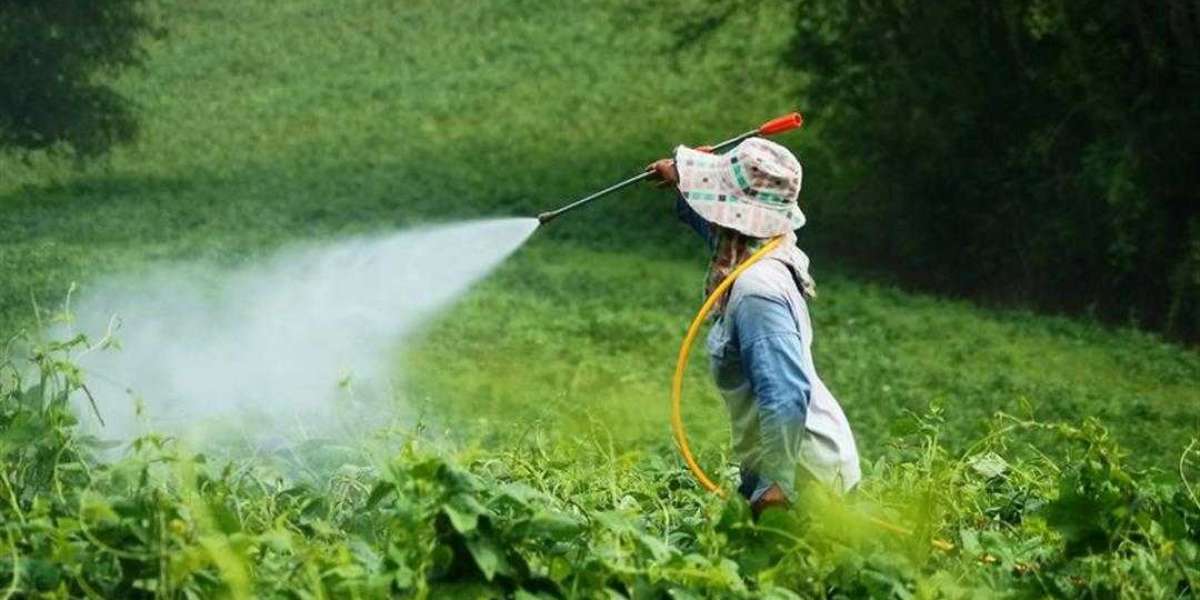"The Sanitary Plumber: The Craftsman Who Maintains the Safety of Our Facilities"
Introduction
A sanitary plumber is one of the most essential and important professions in society, performing vital tasks that directly impact our daily lives. Whether the problem is related to water leaks, clogged pipes, or the installation of new plumbing systems, the role of a sanitary plumber is indispensable. They are the craftsmen who ensure that all plumbing systems in homes, buildings, and large projects operate properly and safely. In this article, we will discuss everything related to the profession of a sanitary plumber, their importance, duties, and tools, in addition to some tips that can contribute to improving their work.
Definition of a Sanitary Plumber
A sanitary plumber is a person who specializes in the installation and maintenance of plumbing systems within buildings and homes, such as sewage systems, water pipes, public sewage systems, and sanitary facilities such as faucets and toilets. A sanitary plumber relies on a thorough understanding of water engineering systems and how to properly and safely drain water.
Duties and Responsibilities
A sanitary plumber has many duties, and they must have extensive knowledge in multiple fields to ensure the safety and effectiveness of plumbing systems. The most important duties performed by a plumber are:
Installing water and sewage systems:
Installing piping networks for water supply and drainage.
Determining the installation locations of sinks, toilets, and basins.
Ensuring that systems are implemented in accordance with standard specifications and engineering codes.
Repairing faults and blockages:
Repairing leaks, clogged pipes, and repairing broken valves.
Using various tools such as plungers or cleaning tools to ensure that pipes are free of any blockages.
Maintaining plumbing equipment:
Maintaining pumps, water heaters, and water sterilizers.
Periodically inspecting piping equipment and facilities to ensure they are operating efficiently.
Ensuring compliance with environmental and health standards:
Ensuring that all water systems comply with health and environmental standards to avoid pollution and reduce health problems.
Installing modern plumbing equipment:
Installing modern plumbing equipment such as smart faucets, water-saving systems, and other modern technologies that contribute to improving water consumption.
Plumbing Tools
A plumber uses a variety of tools to ensure efficient and accurate work. Some of these tools include:
Wrenches and springs: For loosening and installing pipes and other components.
Plastic and metal pipes: Used in drainage and water systems.
Plugs and joints: For securely connecting pipes.
Flexible pipes: Used for hard-to-reach pipe connections.
Plungers: Used to clear clogs from drains.
Specialized hand tools: Such as drills and wrenches for cutting pipes.
Home Plumbers
At home, plumbing tasks can range from simple to complex. Some of the most common tasks performed by home plumbers include:
Fixing water leaks: One of the most common problems in homes. Water can leak from faucets or pipes, causing significant damage.
Installing new plumbing fixtures: Such as toilets, sinks, and tubs.
Plumbing cleaning and disinfection: To prevent the buildup of sediment that can lead to pipe blockages.
Plumbing System Inspection: In older homes, a plumber may need to inspect pipes and plumbing fixtures to ensure their efficiency and safety.
تسليك مجاري الأندلس الكويت
تسليك مجاري الظهر الكويت
Plumbing in Commercial Projects
Plumbing in commercial projects, such as hotels, malls, and hospitals, has a larger and more complex role. Their responsibilities include:
Designing and installing integrated plumbing systems: Building drainage and water networks to suit the size and requirements of the facility.
Major Project Management: Coordinating with architects and civil engineers to ensure the integration of plumbing systems with the rest of the building's systems.











